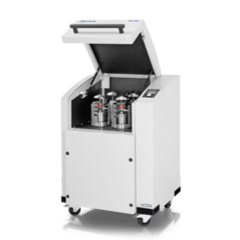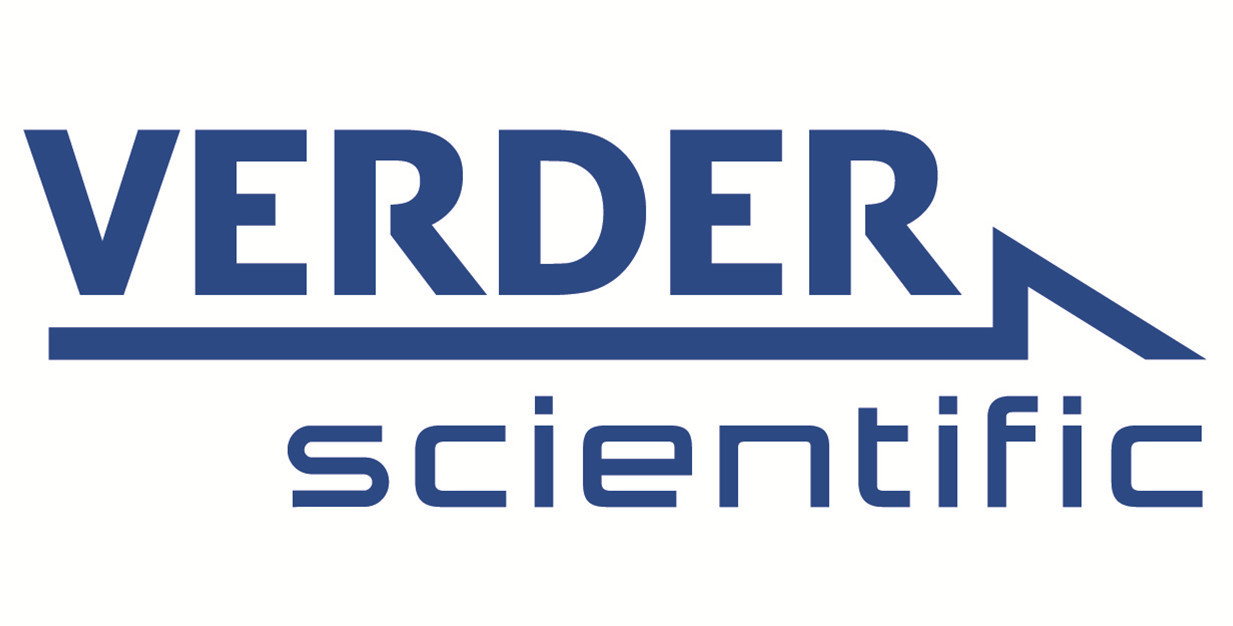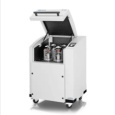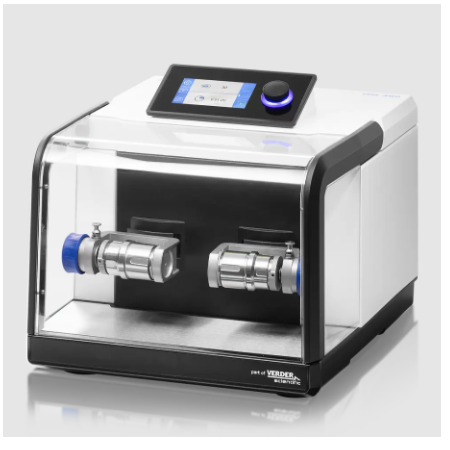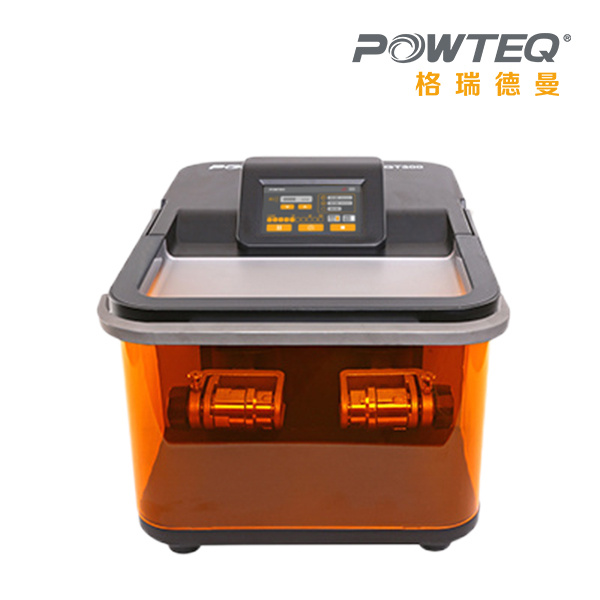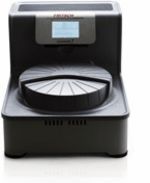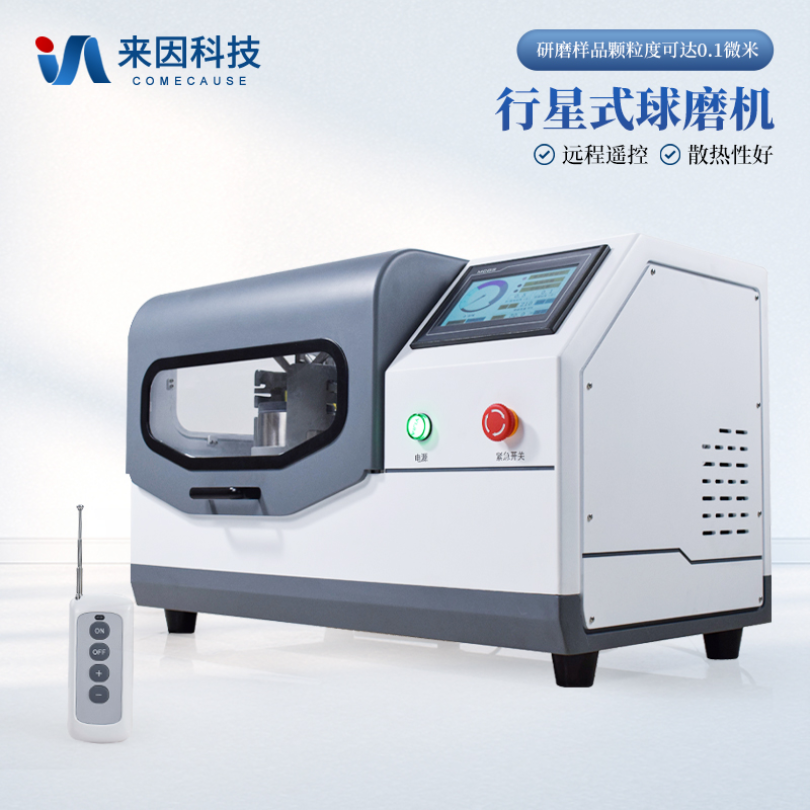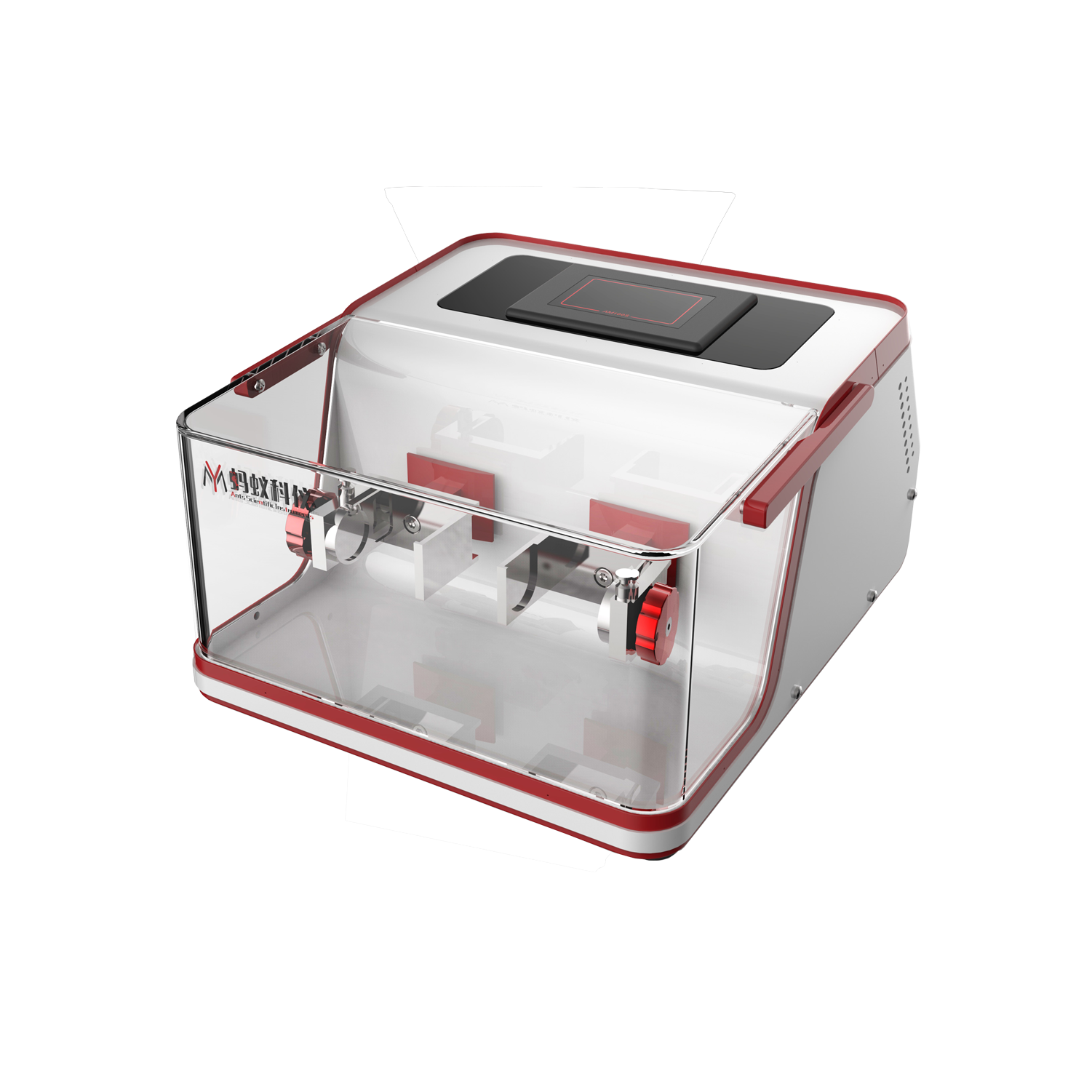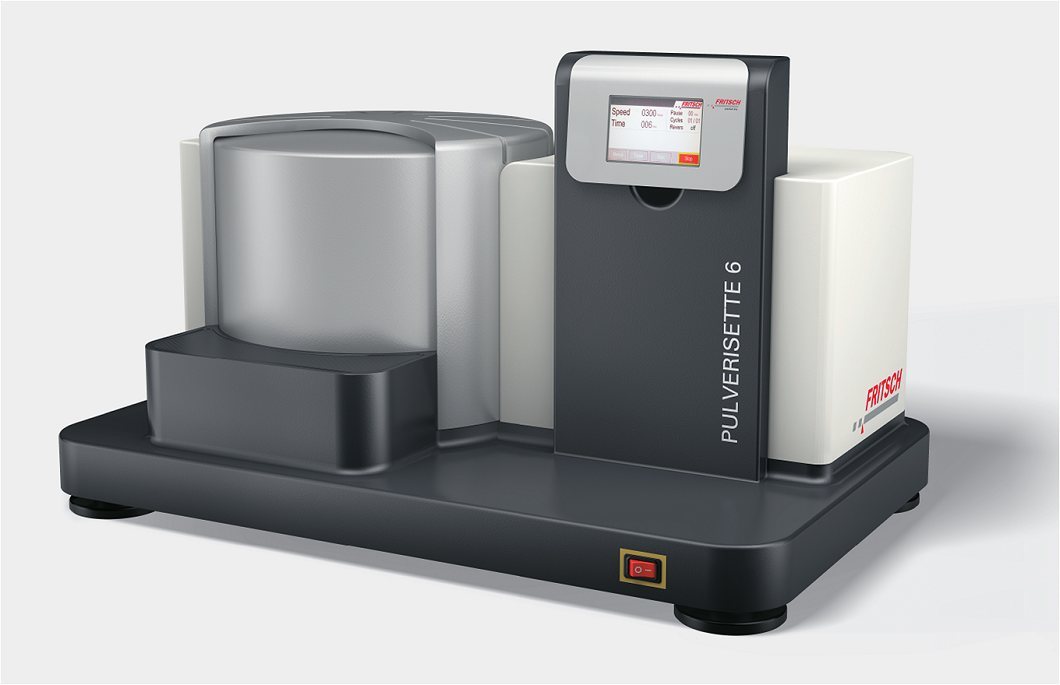方案详情
文
使用机械研磨的方法合成Fe-10Wt Pct Cr利用原子显微镜研究Fe-Cr在研磨过程中固体熔融态时的相转变过程
方案详情

METALLURGICAL AND MATERIALS TRANSACTIONS A Structural Evolution in Nanocrystalline Fe-10 Wt Pct CrAlloy Powder Produced by Mechanical Alloying—AnAtomic-Force Microscopy Study 使用原子力显微镜研究在机械合金过程中Fe-Cr 纳米晶体的结构变化 M. ANANDA RAO, SANJEEV BHARGAVA, and DINESH DEVA A mechanical alloying (MA) method was used to synthesize Fe-10 wt pet Cr alloy powder. The formationof an Fe-Cr solid solution during milling was studied using atomic-force microscopy (AFM), with the helpof an atomic-force microscope in acoustic AC (AAC) mode. The AFM amplitude images indicated thatthe interlamellar spacing in the structure decreased with an increase in the milling time, and finally gave wayto a nonlamellar structure. For structures obtained by milling up to 40 hours, AFM phase-contrast imagesshowed regions of inhomogeneity. Surface-topography images of the granular milled powder showed thatthe powder surfaces were not smooth, but consisted of a typical hills-and-valley structure. The meanheight of the hills decreased with an increase in the milling time. Powders milled up to 20 hours showeda structure that contained grains and subgrains. However, as the interlamellar spacing in granules wasreduced, the clear definition of the grains disappeared. Only subgrains were observed in powders milledfor time intervals ≥40 hours. With the milling time ≥40 hours, the subgrains not only got more and morerefined, they also got elongated in the direction of granular flow. The subgrains in the powder milled for100 hours were found to have an aspect ratio of 2.5 to 3.0; their smaller dimensions varied from 5 to 30 nm. THE Fe-Cr equilibrium phase diagram" shows that con-tinuous solid solution is formed above 820C and a broad mis-cibility gap exists for a wide range of concentrations below thistemperature range. The Fe-Cr solid solutions can thus be madeto decompose into Fe-rich and Cr-rich solid solutions, eitherthrough a nucleation-and-growth mechanism or through spinodaldecomposition, by heating between 400 ℃ and 500 ℃.[2,3,41For nanocrystalline Fe-Cr solid solutions, the temperature rangefor the decomposition may be even lower. The mechanicalalloying (MA) approach displays unique possibilities for obtain-ing nanoscale structures, through the decomposition of the Fe-Cr solid solution thus formed. Since the optimization of thesize and distribution of Fe-rich and Cr-rich regions depends onthe nanocrystalline structure of the mechanically alloyed mate-rial, a good understanding of the structure and its evolution dur-ing the MA of elemental Fe and Cr powders is required. However,MA produces a wide variety of equilibrium andnonequilibrium phases. The mechanism of MA has been stud-ied in great detail, and the progress in understanding its basicmechanisms has been recently reviewed.6 As far as the Fe-Crsystem is concerned, several workers have used the MAapproach for producing various alloys.7.8,9] Table I shows thecompositions of the alloys synthesized, the milling conditionsfollowed, and the characterization techniques used in examin-ing the structure of the synthesized alloy powders. A closeexamination of the results obtained by earlier workers showsthat MA is, indeed, capable of producing a nanoscale struc-ture of Fe-Cr solid solutions with a grain size of ~10 nm. Theatomic-force microscopy (AFM) technique has recently emerged ( M. ANANDA RAO, Graduate Student, and SANJEEV BHARGAVA,Professor and Head, Department of Materials an d Metallurgical En g ineering,and DINESH DEVA, Scientist, Chemical Engineering Department, are withthe Indian Institute of Technology Kanpur, Kanpur, I n dia. Contact e-mail:anand _ m _ iitk@yahoo.co.in ) ( Manuscript s ubmitted December 1 3 , 2004. ) as a powerful imaging technique capable of resolving struc-tural features at the atomic level.10] However, it is rare thatAFM is used for studying the progress of MA. The work pre-sented here deals with the AFM characterization of the Fe-10wt pct Cr alloy produced by MA at different milling times.Characterization techniques such as X-ray diffraction (XRD),Mossbauer spectroscopy (MS), scanning electron microscopy(SEM), differential thermal analysis, etc. were also used to ana-lyze the structure of the alloy powders produced; those resultshave been presented elsewhere. II. EXPERIMENTAL PROCEDURES A. Ball Milling Atomized iron powder of 99.9 pct purity and chromium pow-der of 99.0 pct purity were used as the starting materials. In orderto minimize the oxygen contamination, the powders wereweighed to give the nominal composition of Fe-10 wt pct Cr,mixed, then sealed in a 65.5-mm-diameter steel vial togetherwith 10-mm-diameter steel balls in an argon glove box. Eachmilling batch for the composition described was 50 to 55 g.The powder-to-ball weight ratio was maintained as 1.8. The. 100 hours. While different powder lots of the two starting pow-ders showed an oxygen level of 1500 to 2200 ppm, the levelobtained after a milling time of 100 hours ranged from 1800to 3000 ppm, implying an insignificant pickup of oxygen duringmilling. B. Microscopy The mechanically alloyed powders obtained after millingfor different times were subjected to SEM and AFM. For VOLUME 36A,NOVEMBER 2005—3195 使用德国莱驰行星式球磨仪 (PM400)昆混合金属粉末进行合金化。为避免氧化,将混合金属粉末和10mm的不锈钢球在氩气手套箱中放入直径为65.5mm的不锈钢研磨罐中。球料比为8:1。在相同的转速下(250转/分钟)分别研磨不同时间: 5h,10h,20h,40h,65h和100h.。
确定
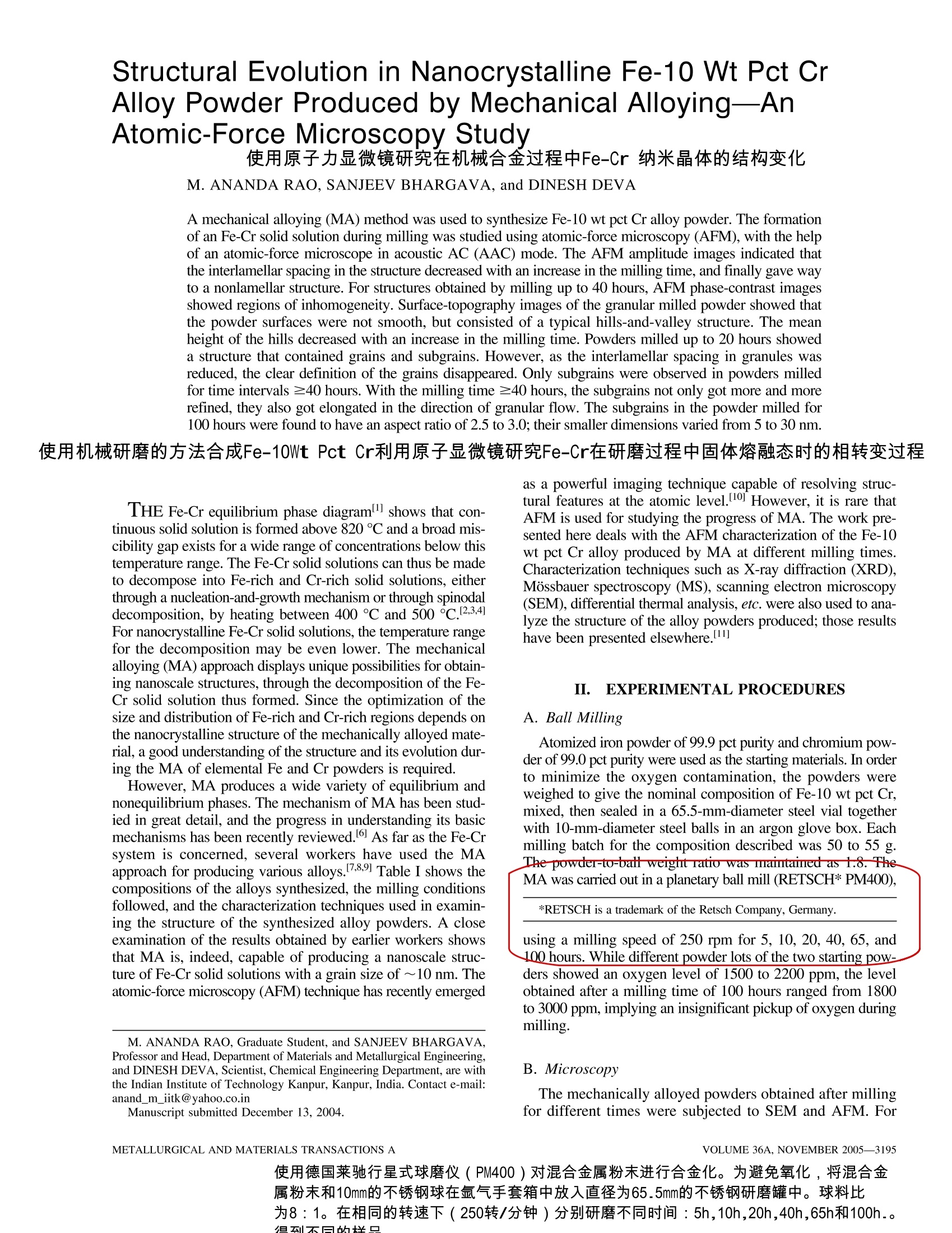
还剩1页未读,是否继续阅读?
弗尔德(上海)仪器设备有限公司为您提供《Fe-Cr 纳米晶体中结构变化检测方案(研磨机)》,该方案主要用于其他中结构变化检测,参考标准--,《Fe-Cr 纳米晶体中结构变化检测方案(研磨机)》用到的仪器有德国莱驰行星式球磨仪/机Retsch PM400
推荐专场
相关方案
更多

